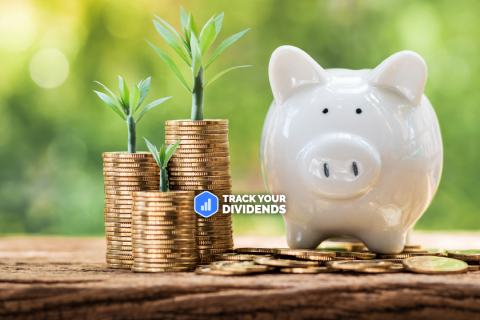New investors are often surprised that the dividend payment process is not as straightforward as they might expect. They may feel that because dividend stocks from established companies are relatively stable, they can take a “set it and forget it” approach to dividend payouts.
Investors need to keep in mind, though, that even in stable companies, dividends are not guaranteed. For example, dividends are not a set payment like interest on a savings account. Dividends reflect fluctuating real-world conditions for companies.
Knowing the timing of dividends helps investors ensure they are eligible to receive upcoming dividend payments. Keep in mind, too, that companies can increase, decrease, or suspend dividends at any time, so investors need to stay informed of changes in a company’s financial health.
This post explains the potentially confusing dates related to dividend payments and how those dates can affect the stock price.
Important Dividend Dates for Investors
For investors interested in buying dividend stocks, understanding the dividend dates, their relationship to each other, and the stock price is important.
For investors interested in buying dividend stocks, understanding the dividend dates, their relationship to each other, and the stock price is important. Click To TweetDeclaration Date
The declaration date is the day the board of directors declares a dividend. This announcement includes the amount per share and the ex-dividend date, record date, and payment date. All of which determine who is eligible to receive the dividend payment.
Both current and potential investors need to keep track of a company’s declaration dates because they can provide clues as to the company’s financial stability and potential long-term success.
Additionally, declaration dates may also affect decisions on buying or selling stocks. While the declaration date may seem like just another accounting detail, monitoring a company’s declaration dates can be crucial for a successful investment strategy.
The declaration date triggers a sequence of important dates for dividend payments, including the ex-dividend, record, and payment dates. Understanding these dates and their significance can be helpful for both companies and investors in planning future dividends.
Ex-Dividend Date
The term “ex-dividend” refers to a stock trading without the value of the next dividend payment. Any new investors who purchase the stock on or after the ex-dividend date will not be eligible to receive the upcoming dividend payment. An investor must purchase the stock before the ex-dividend date to receive the dividend.
Record Date
The record date is typically 2 days after the ex-dividend date to allow for trade settlement. It captures who is the shareholder of “record” to receive the payment. It is an administrative date handled by your broker. For the most part, investors don’t need to worry about the Record date.
Payment Date
The payment date is when shareholders receive payment, typically several weeks after the ex-dividend date. Of course, the Payment Date is ever dividend investors favorite day.
How Dividend Timing Affects Stock Price
The declaration date affects the security price because it is when the company announces how much money it will pay out in dividends. Declaration of dividends often drives demand for the stock because investors know they will receive a dividend if they buy the stock before the ex-dividend date. Most companies try to define and stick to a regular dividend strategy. Investors will learn of any changes to their dividend approach on the declaration date. Any unexpected changes will impact the stock’s trading price.
Some dividend paying companies will benefit from a dividend rally. Shortly before the declaration date up until the ex-dividend date, investors may purchase the shares driving up the market price. These investors are looking to capture the dividend payment and benefit from the positive news.
After a stock goes ex-dividend, new shareholders are not entitled to that dividend payment, so the incentive to purchase the stock goes down. All else being equal, the share price usually decreases by the amount of the dividend paid on the ex-divdend date.
The Bottom Line
Understanding and tracking the timing of dividend dates is important to successful investing. At TrackYourDividends, we know dividend dates can be confusing. That’s why we created the Best Dividend Course, an essential course for dividend success. The course adds value to both beginner and seasoned investors. Access to the course is free with your 7-Day free trial of TrackYourDividends; sign up and check it out today! TrackYourDividends also has alerts for all the important dividend dates. Never miss another declaration, ex-dividend, or payment date again!




